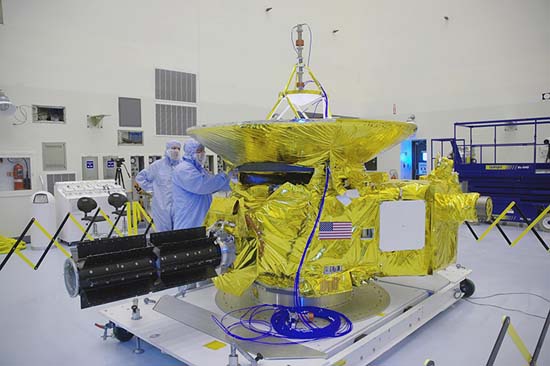- 16 Apr 2016 22:44
#14671073
I don't know where you got that from. The baseline must be big, obviously, that doesn't mean you have to fill it with mirrors. See the picture below. 1060m2 (150*1.5^2*pi) of mirrors with 100km baseline. How are there no physical limitations for 1g probes? The satellites that make high-res pictures of Earth have all big optics.

Harmattan wrote:As I said before, a perfect telescope as big as the Earth would not be enough. Those are hard physical limitations, not technological ones.
I don't know where you got that from. The baseline must be big, obviously, that doesn't mean you have to fill it with mirrors. See the picture below. 1060m2 (150*1.5^2*pi) of mirrors with 100km baseline. How are there no physical limitations for 1g probes? The satellites that make high-res pictures of Earth have all big optics.












 - By JohnRawls
- By JohnRawls